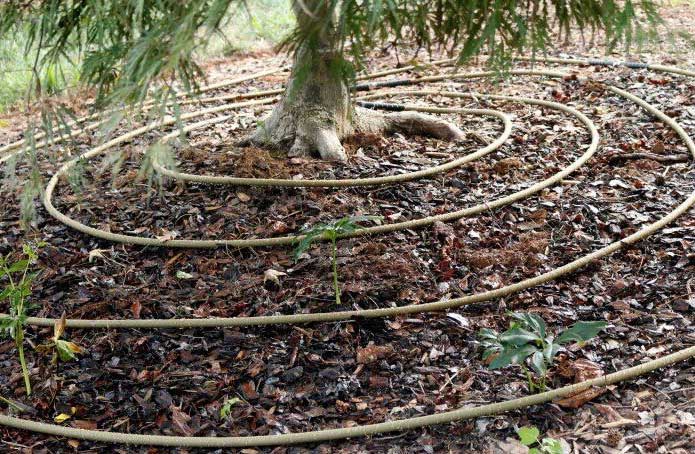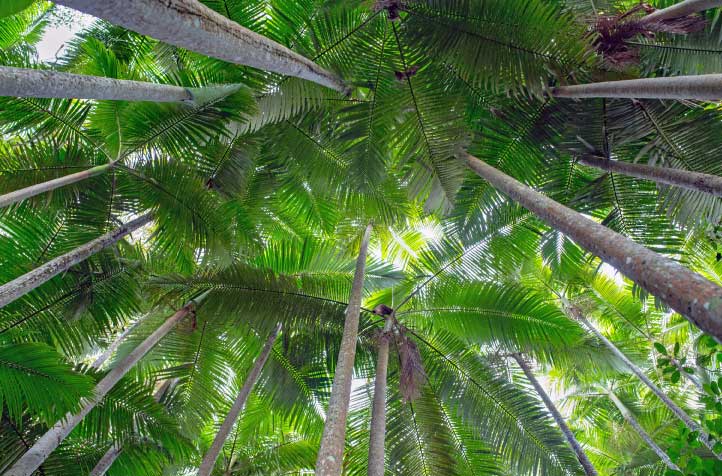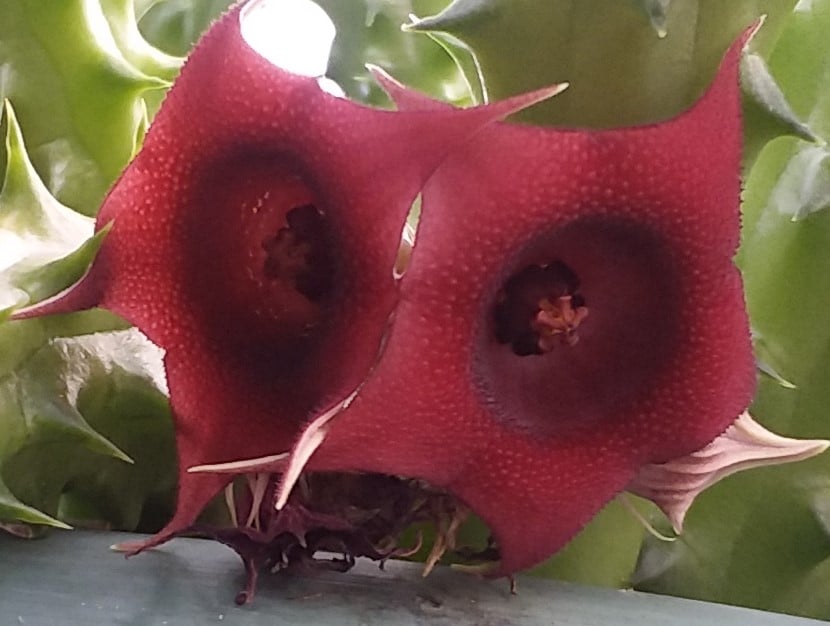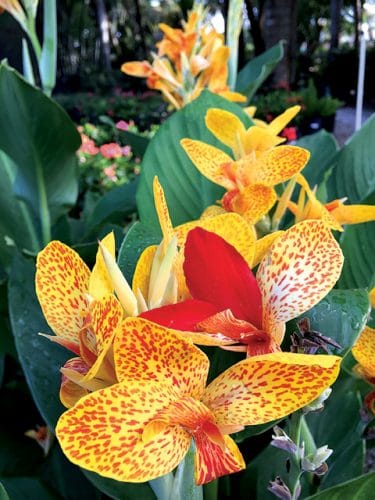Water efficiently
September 3, 2020
“If there is magic on this planet, it is contained in water.” — Loren Eiseley
Our fresh water is a precious, limited resource and, by seeing to it that our landscapes receive only the amount of water needed, we can have a positive impact on both the environment and our wallets. This is the focus of the second of nine principles of Florida Friendly Landscaping, water efficiently. With only .006% of the world’s water supply potable, making efficient use of that supply is critical.
Many homeowners tend to overwater their turf and landscape plants, with statistics indicating that over half of a residential water bill can be attributed to irrigation systems. Overwatering not only depletes the water supply, but also stresses landscape plants and turf, making them vulnerable to pests, disease and weeds. Additionally, over-watering adds to stormwater runoff and water pollution. Proper watering not only reduces water bills, but pest problems and plant maintenance needs as well.
So, what can we do as homeowners? Watering your garden is a good thing but, since many fungal diseases need water as much as plants/turf do, how you go about it makes a big difference and timing is an important factor. If you water by hand or have an in-ground system, irrigate in the early morning. This will permit root systems to get sufficient moisture before evaporation occurs.
When hand watering landscape plants, apply directly to the root system, rather than from above which results in leaves receiving unnecessary moisture, serving as an invitation to disease. For in-ground systems, always follow local ordinances and make certain to properly check, calibrate and maintain the systems. Perform a zone check periodically to ensure sprinkler heads are operating correctly. Sprinklers tend to go on the blink occasionally and catching problems early on can save considerable water and money.
Calibrating your sprinkler system means figuring out how long you need to run the system to apply the correct amount of water. For most Southwest Florida soils, the correct amount is 1/2 to 3/4 inches per application. Our mostly sandy soil cannot retain more than that and any more will result in runoff. What cannot be absorbed by turf and landscape plants will leach into the aquifers and run off to the nearest body of water, taking soil nutrients such as nitrogen and phosphorous along with the flow. Based on calibration results, adjust the sprinkler heads/irrigation system/timer to deliver only the amount required.
Rather than applying short bursts of water multiple times a week, which result in shallower root systems, water fewer times for a longer period, up to the 1/2 to 3/4-inch limit. And water only as needed, remembering that rain is free irrigation. Just because a sprinkler system is scheduled to run at a given time during the week doesn’t mean the system has to run if it has rained within 24 hours or is expected to rain within 48 hours. Additionally, because most turf grass and some landscape plants go dormant in winter, water less frequently during that time.
Timing of water application, amount used and irrigation methods are just part of the overall picture. Proper landscape maintenance is also important. For example, mow turf grass correctly.
Provided above is a brief introduction to the second principle of Florida Friendly Landscaping. For additional information regarding irrigation methods/systems and the calibration process, beginning with the placement of empty tuna or similar cans in each irrigation zone, visit Water Efficiently Handbook.
Happy gardening!
Janetta Fox is a Master Gardener volunteer and member of the Garden Club of Cape Coral.




